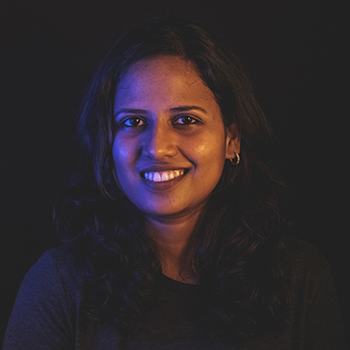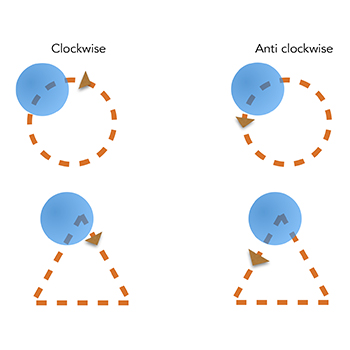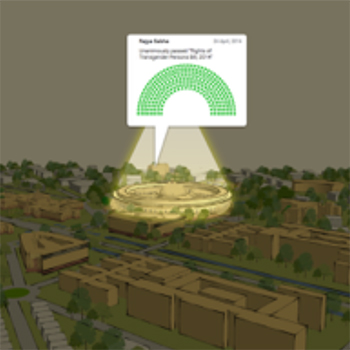The effectiveness and necessity of interactive tactile graphics have been well established in the field of education for blind children. Developments in production technology are making tactile graphics (TGs) more affordable, but specialised hardware for interactivity is usually unaffordable for many blind students in India.
This design project uses an inexpensive webcam or a camera phone to make TGs interactive. A camera is mounted at a fixed height above the TG, and the forefinger of the dominant hand is marked with a blue-coloured sticker or sleeve. As a user explores the TG with their hands, the marked finger’s motion is tracked and is used to interact with the voice system.
Basic content primitives and interactions are designed based on the unique constraints, affordances, and potential of this novel interactive medium, which serve as building blocks for more complex content. The usability of the medium is studied using simple tasks designed to demonstrate the possibilities.
Many examples of assistive technology developed in the past have been found to be useful for a broader audience as well. Similarly, this medium of interaction can be used to enhance the learning experience for sighted children and for children with learning disabilities.




